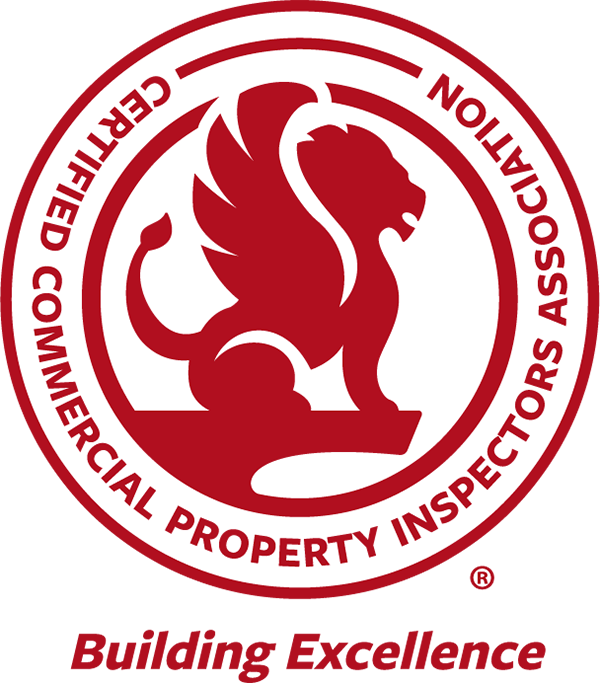Residential and Commercial Inspections

Michigan Home And Commercial Building Inspection Services
Michigan home inspection and commercial building inspection services are proudly performed by Great Lakes Home & Property Inspections certified inspectors throughout Michigan. Each inspection can be tailored to meet our clients needs, regardless if it's an 800 square foot home or 500,000 square foot commercial building inspection, we have the ability, knowledge and education to inspect your new Michigan property. To ensure you get the very best inspection, we have taken the time to earn our Michigan Certified Master Home Inspector and CCPIA Certified Commercial Building Inspector certification. Other certifications include training thorough PARR Inspections to perform certified disaster inspections for FEMA. Certified FHA inspector and AIHA certified mold inspector and NRSB and NEHA certified radon testing. To view a partial list of our certifications, please visit http://greatlakesinspections.com/about/ for more information.
Our services include:
Pre-Listing Home Inspection
Pre-Purchase Home Inspection
Commercial Building Inspections
New Construction Phase Inspections
Manufactured Home Inspections
Log Home inspections
Radon Testing
Water Quality Testing
Mold Testing, Sampling, Evaluations
We offer bundled inspection options to fit each client's needs. Please contact us for information and pricing.
We perform home inspections and commercial building inspections in the following Michigan counties:
Macomb County
Armada Bruce Twp Centerline Chesterfield Twp Clinton Twp Eastpointe Fraser Harrison Township Lenox Twp Macomb Twp Mt Clements New Baltimore Ray Twp Richmond Richmond Twp Romeo Roseville Saint Clair Shores Sterling Heights Warren Washington Twp Utica
Oakland County
Addison Twp Auburn Hills Berkley Beverly Hills Bingham Farms Birmingham Bloomfield Hills Bloomfield Brandon Clawson Commerce Twp Farmington Hills Farmington Ferndale Franklin Groveland Twp Hazel Park Highland Holly Twp Holly Huntington Woods Independence Twp Keego Harbor Lathrup Village Lyon Twp Madison Heights Milford Twp Milford Northville Novi Oak Park Oakland Twp Oxford Pontiac Rochester Rochester Hills Royal Oak South Lyon Southfield Springfield Sylvan Lake Troy Walled Lake Waterford West Bloomfield White Lake Wixom Wolverine Lake
St Clair County
Algonac Capac Marine City Marysville Port Huron Richmond St Clair
Lapeer County
Almont Barnes Lake Columbiaville Dryden Imlay City Lapeer North Branch
Wayne County
Allen Park Belleville Canton Dearborn Detroit Flat Rock Garden City Grosse Pointe Grosse Pointe Woods Harper Woods Inkster Lincoln Park Livonia Melvindale Northville Plymouth Redford River Rouge Romulus Southgate Taylor Westland Woodhaven Wyandotte
Great Lakes Home & Property Inspections is a top home inspector in the Utica, MI home inspectors directory on Inspectopia.com.
Here is what our customers have to say about Great Lakes Home & Property Inspections:
Mike, I just wanted to thank you for such a thorough inspection. Your inspection report was extremely detailed and easy to read. You have put our minds at ease towards purchasing our new home.
WILLIAM ZEWATSKI Chesterfield MI
Extended Service Area Available throughout Michigan, Call For Details
Michael Bazzo
8174 MacKay Ct.
Utica Michigan 48317
(586) 855-7644


